
Amazing shapes of nautre on Fuerteventura.
Fuerteventura, the mysteriously magical island of year-round sunshine, is considered as the mother of the seven Canary Islands, given it is the oldest of them all. With its geological landscapes and powerfully stark contrasts in nature, Fuerteventura has given birth to various artists inspiring numerous literary and creative works in the past century.
Declared a UNESCO bio reserve, the island boasts an impressive geological structure, with rocks and archaeological formations that speak volumes about how it´s topography, has gained its magnanimous tag. Formed by twenty million years of its volcanic eruptions, the latest being about 5000 years ago, the island has attracted many nature photographers and filmmakers for its otherworldly experience in its feminine, yet bold landscapes. One such photographer has been Javier Sello who produced the book Magical Forms which imagines Fuerteventura´s landscapes with a creative eye. “The Canary Islands is a place with the most magical rocks in the world. With more than a thousand such rocks the place can enable the completion of numerous tourist circuits for the artistic minds. One can observe how the inert stone takes the forms of various life forms. From a lion, a monk, a seal, a crocodile, and even a prince or a goblin,” expressed Sello.
In the case of Fuerteventura, the editors of the book discovered 120 curious forms, of which 30 were printed in the book. We bring you our favorite picks so you can add it to your bucket list of treks on your visit to the island. Which one would you pick first?
1. The Rising Reptile
Location Name: Canyon of Lovers (Barranco de los Enamorados)
Region: Tindaya, La Oliva | North of the Island
Type of Rock: Organogenic Aeolian Sandstone of 140m approx.
Period: Pliocene Age | About 5.3 to 2.6 million years ago
Geological Formation: Erosive form on consolidated wind sands

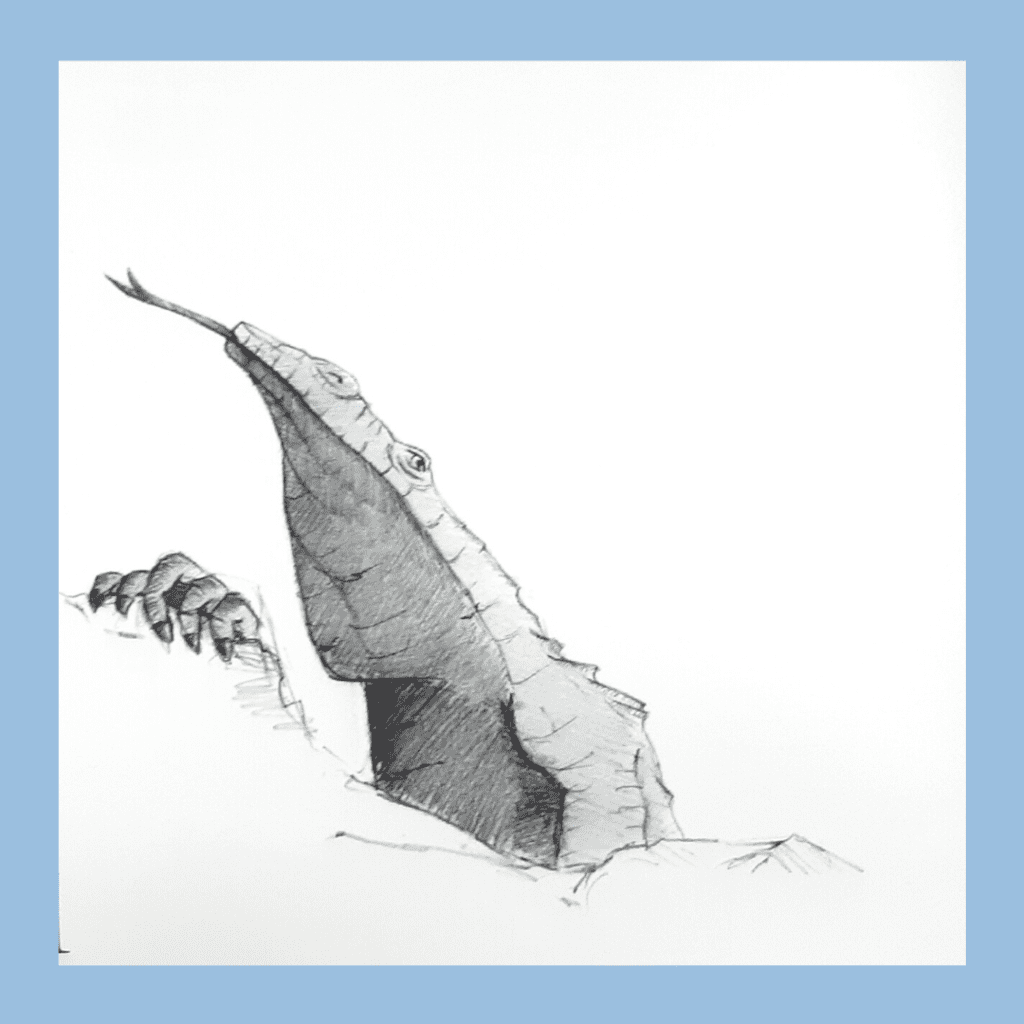
2. The Observant Nomad
Location Name: Western end of the Cofete Beach
Region: Cofete, Pajara | South of the Island
Type of Rock: Organogenic Aeolian Sandstone
Period: Pliocene Epoch, About 5.3 to 2.6 million years ago
Geological Formation: Erosive form on consolidated wind sands consolidated with parallel and cross stratification

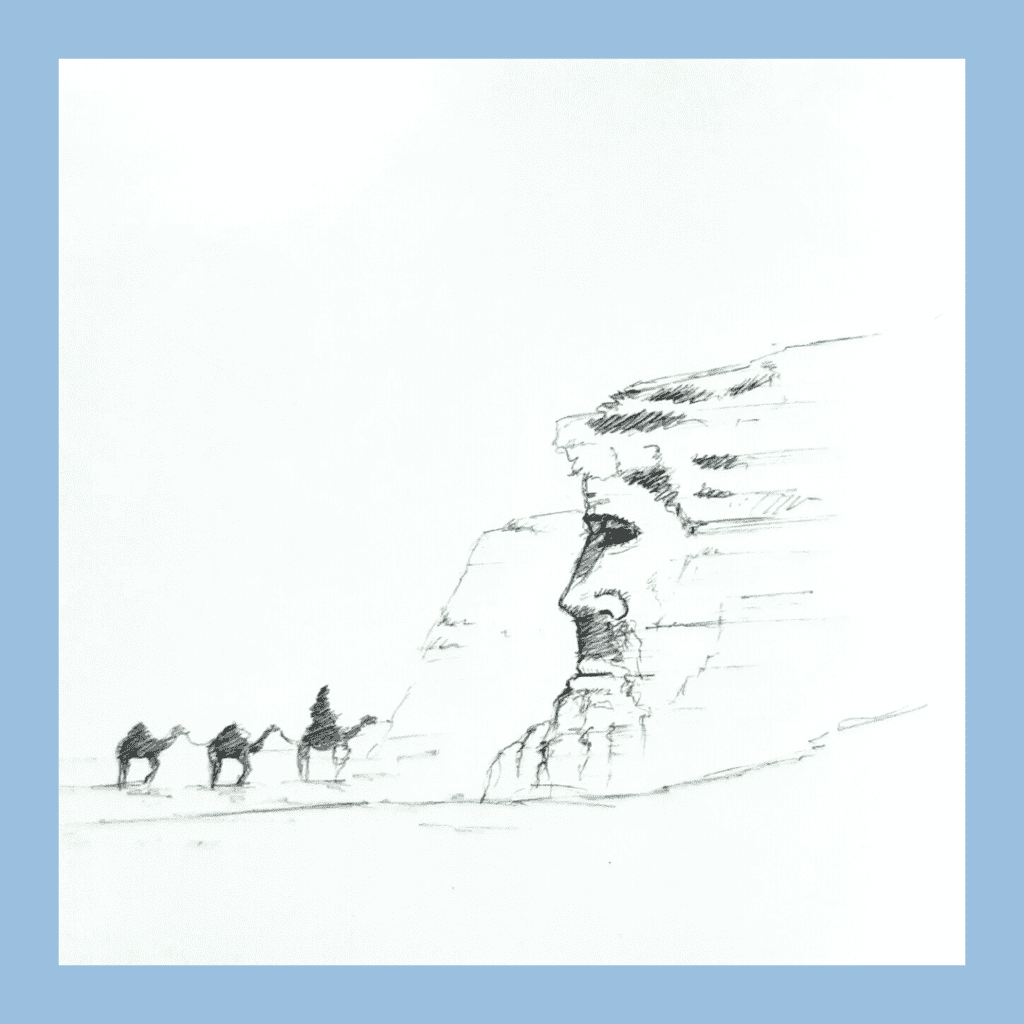
3. The Advising Sister
Location Name: Little Island, end of the Ajuy Beach
Region: Ajuy, Puerto de la Peña, Pajara | South of the Island
Type of Rock: Sandstone | Limolite | Basalt
Period: Jurassic, Miocene
Geological Formation: Erosive form on seabed sediments of the oceanic crust crossed by levees of the basal complex
Fuerte Fact: Named on a local myth of the advising mermaids of the Ajuy beach


4. The Phoenix Rising
Region: Tindaya, La Oliva | North of the Island
Type of Rock: Organogenic Aeolian Sandstone of 140m approx.
Period: Pliocene Age | About 5.3 to 2.6 million years ago
Geological Formation: Erosive form on consolidated wind sands

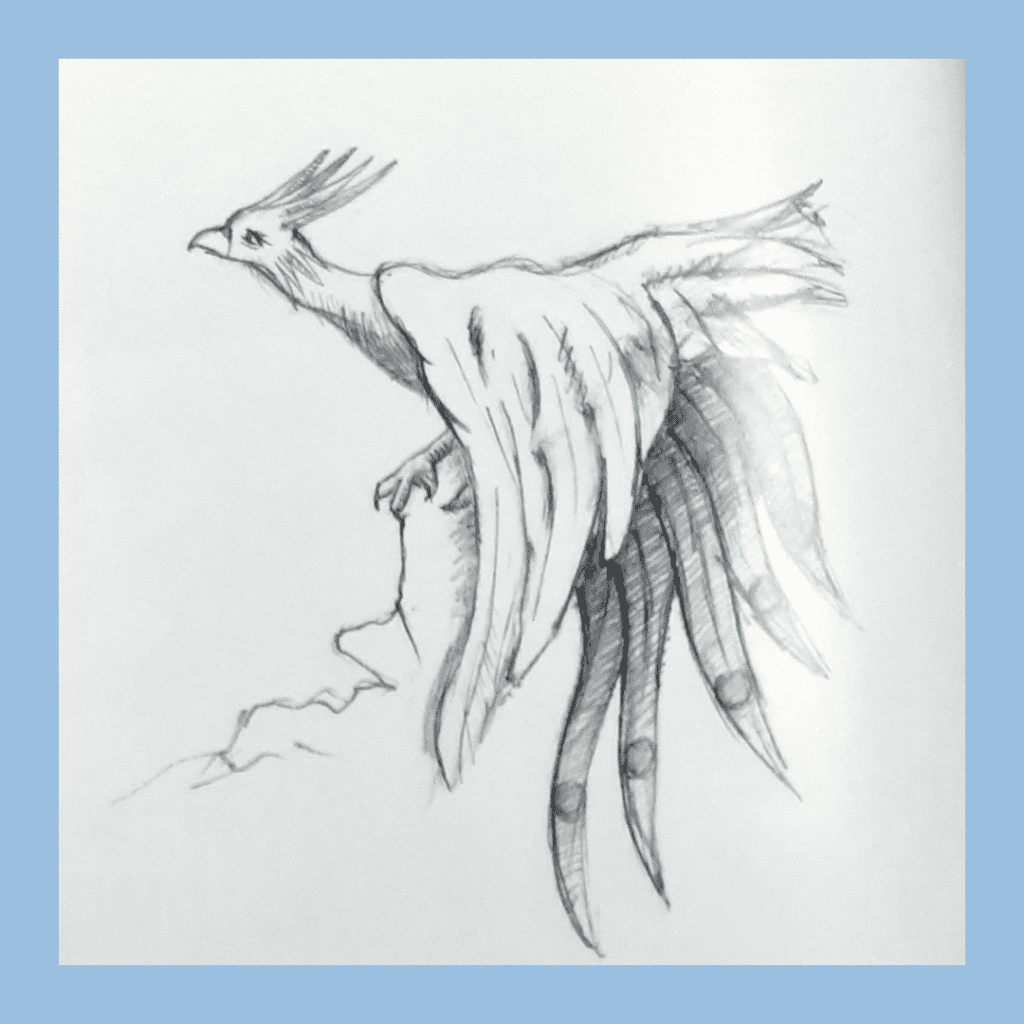
5. The Beautiful Nipple
Local Name: La Atalayeta
Region: Ajuy, Betancuria, West of the Island
Type of Rock: Gabbro , Pyroxenite, Basalt
Period: Miocene Age | About 23 to 5.3 million years ago
Geological Formation: Erosive form developed through the intrusion of gabbro rocks crossed by levees of the basal complex of Fuerteventura
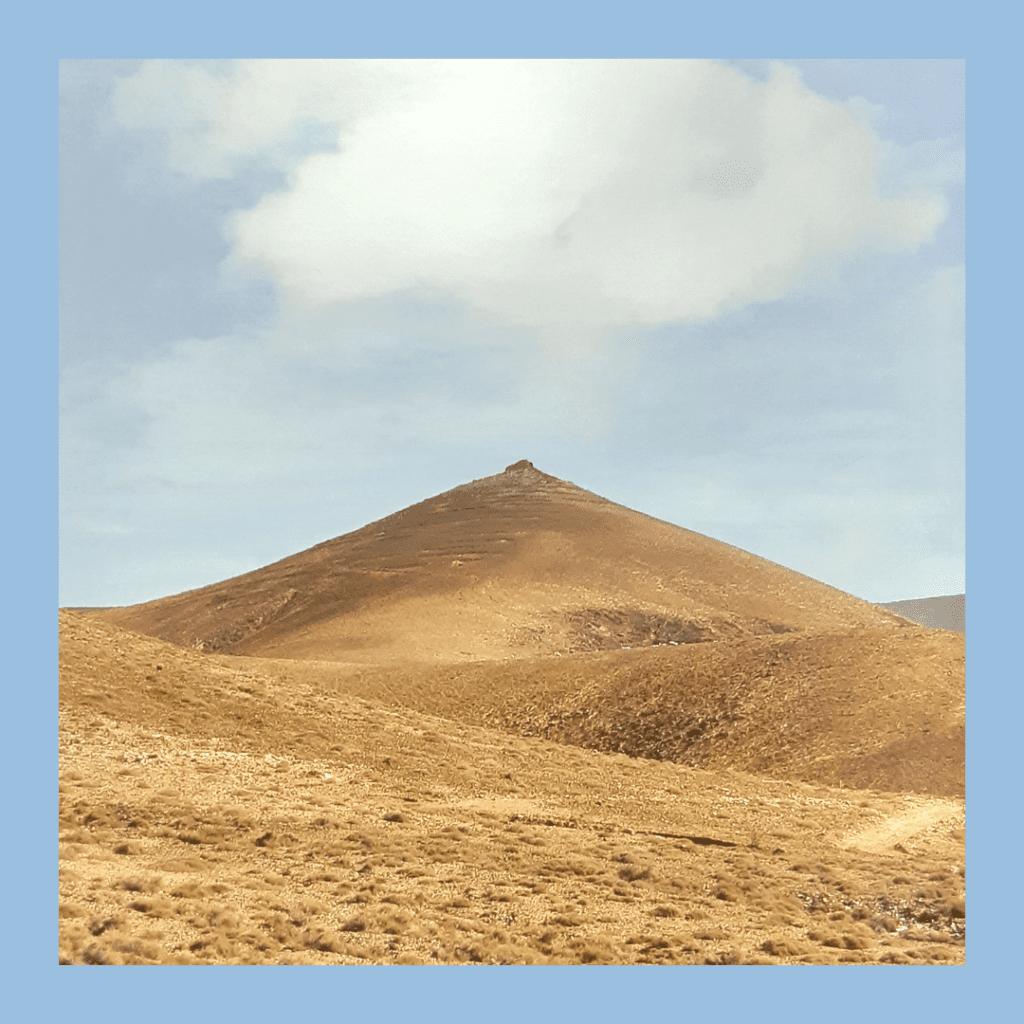

6. Creases of Feminity
Local Name: Cabeza de Tio Sanabria
Region: Los Llanos de La Concepcion, Puerto del Rosario, Central Island
Type of Rock: Limestone & Basalt
Period: Miocene Age | About 23 to 5.3 million years ago
Geological Formation: Layers of caliche from which the basaltic flows emerge intensively

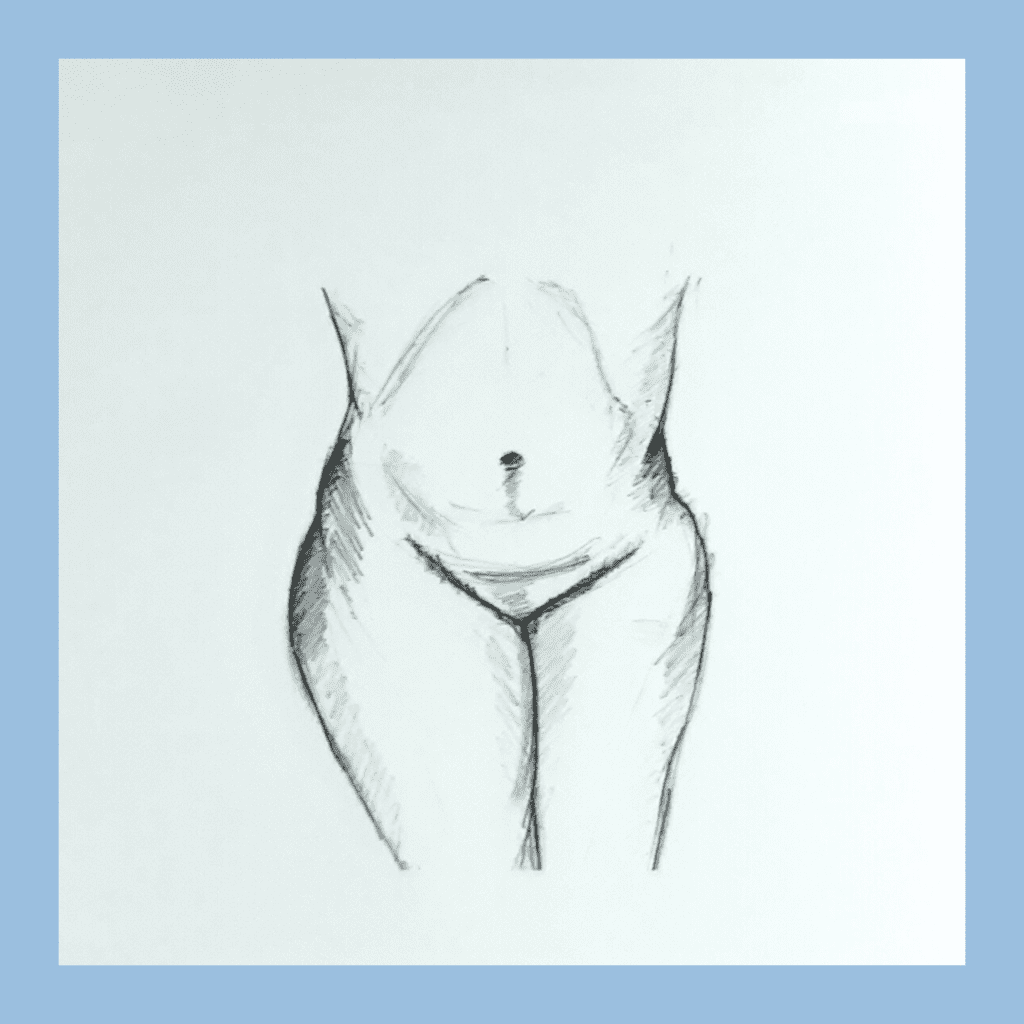
7. Colossal Glory
Local Name: Cabeza de Tio Sanabria
Region: Los Llanos de La Concepcion, Puerto del Rosario, Central Island
Type of Rock: Limestone & Basalt
Period: Miocene Age | About 23 to 5.3 million years ago
Geological Formation: Layers of caliche from which the basaltic flows emerge intensively

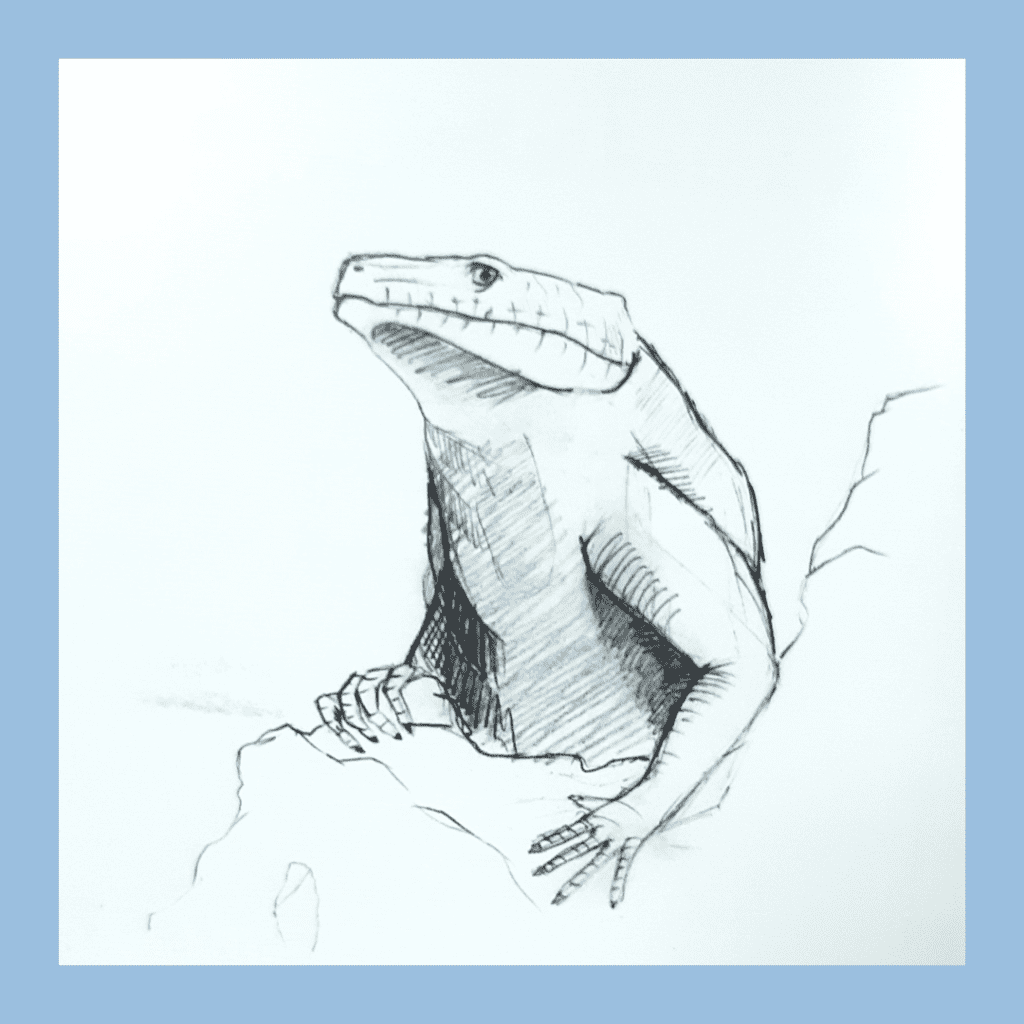
This article was originally published in our partner website Fuerteventuratimes.com here
